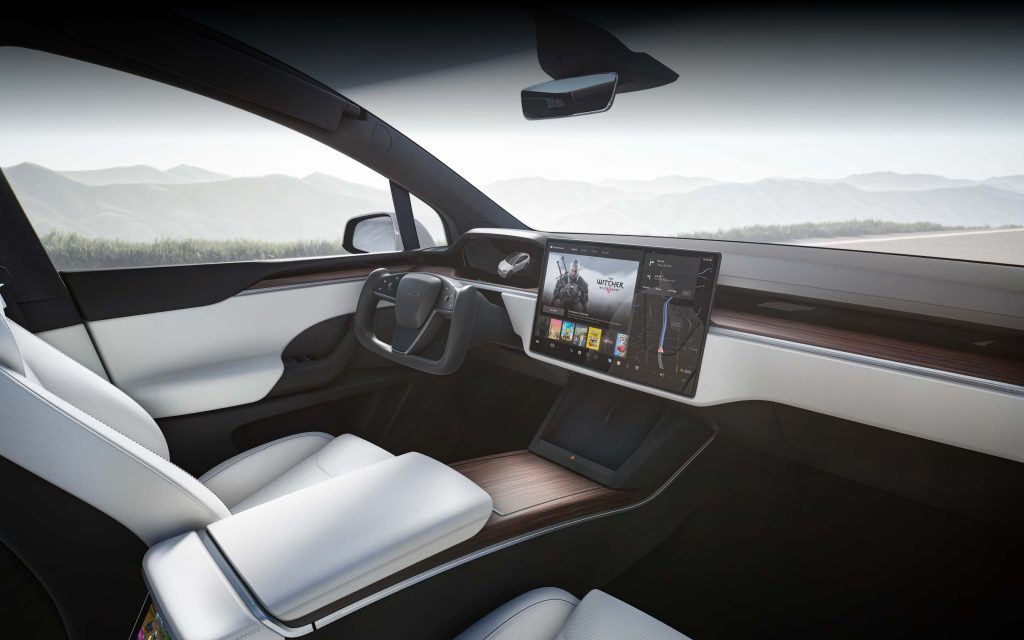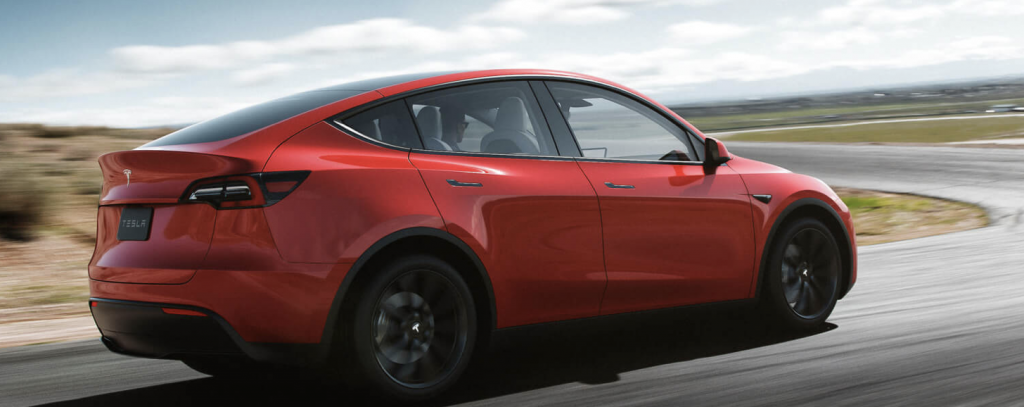Tesla’s Full Self-Driving Is Facing A Major Obstacle
Tesla's full self-driving feature is facing another round of scrutiny which might prove hard to combat.
This article is more than 2 years old

Tesla first released an early version of its full self-driving vehicle to a small group in 2021. And despite the name, it isn’t really “self-driving.” It’s more like enhanced cruise control that steers, accelerates, and navigates intersections. The car also needs an alert human driver behind the wheel who can take control of the system if it makes a mistake. Now, the Texas-based company is facing a major obstacle with its creation. But this time it’s not about hardware, software, or anything too technical. Instead, the semi-autonomous car is failing to win over their driver’s loved ones.
When Tesla launched their full self-driving car, users had mixed feelings about it. They were both amazed and alarmed by the system which, for all its brilliance, sometimes makes questionable decisions. Speaking to CNN Business, YouTube personality Frugal Tesla Guy shared the speech he gives his passengers before turning on full self-driving. “I have complete and total control. I have access to the brake, the accelerator, and the steering wheel. Anytime it does something that I don’t feel is safe, I will take control of the car,” he says in a video.
But the Tesla enthusiast’s reassurances haven’t helped his wife’s worries. She told the publication that the full self-driving technology is often anxiety-inducing and very jarring. “If I’m reading, that’s when I’m like, ‘Oh good grief,'” Sadie Krueger said. “It would be jerky or swerve just out of the blue. You’re like, ‘Whoa, are you drunk?’”
Explaining her concerns further, Krueger said she loves their Tesla Model 3. However, she feels that the full self-driving vehicle gets too close to large trucks than human drivers. And sometimes it steers into the wrong lane. “The technology drives like a grandpa in some cases, irritating nearby drivers,” she says. “But other times it can be very aggressive.”

Interestingly, the aversion to Tesla’s full self-driving vehicles isn’t unique to the Krueger’s. Several folks who own the test version say that family and friends don’t always share their enthusiasm. Although the technology promises to one-day drive passengers without human intervention, many don’t use the software when driving with other people. Passengers often complain about the jerkiness of full self-driving and ask that it be disabled while they’re in the vehicle.
And some Tesla owners are even choosing to not use full self-driving so that passengers experience a smoother ride. But Krueger tells CNN Business she humors her husband because he loves testing the technology near their California home. He’s even amassed a following of 42,000 subscribers on YouTube who watch his videos about his Tesla. However, she does have her limits. Frugal Tesla Guy has agreed not to use it when they’re driving in cities or where he knows it is likely to be jerky.
Since Tesla’s full self-driving cars require a human driver behind the wheel, they are not considered fully autonomous or hands-free by industry standards or regulatory definitions. For this reason, the range of vehicles is under scrutiny by regulators and has received criticism from some autonomous-vehicle experts.
In response to the feedback, Tesla has defended the name saying that its technology will become more capable over time. The company is currently laying the groundwork for a fully autonomous driving experience in the future, J.D Power reports.



